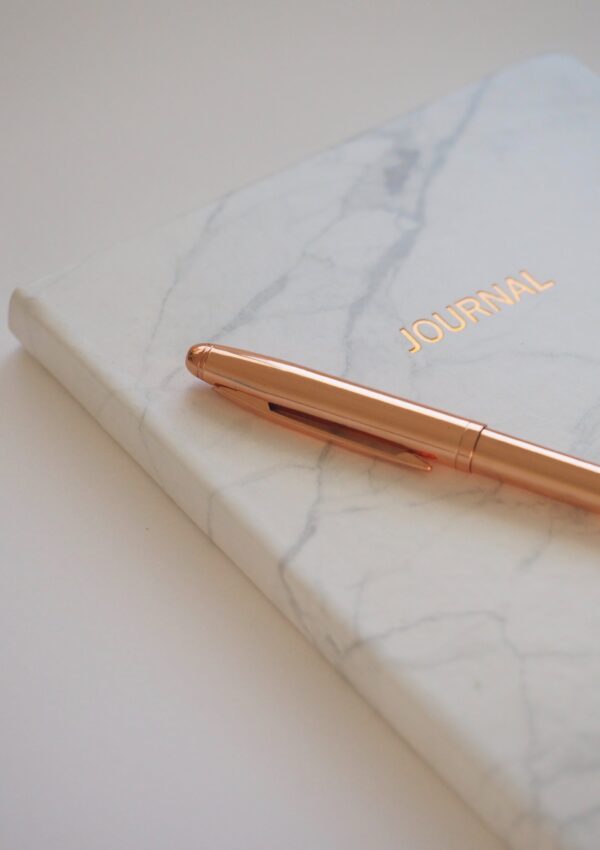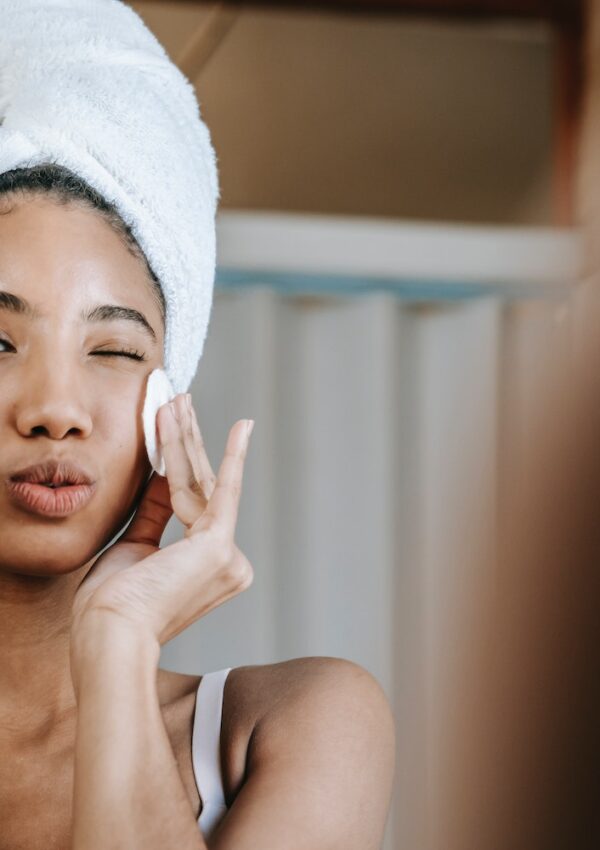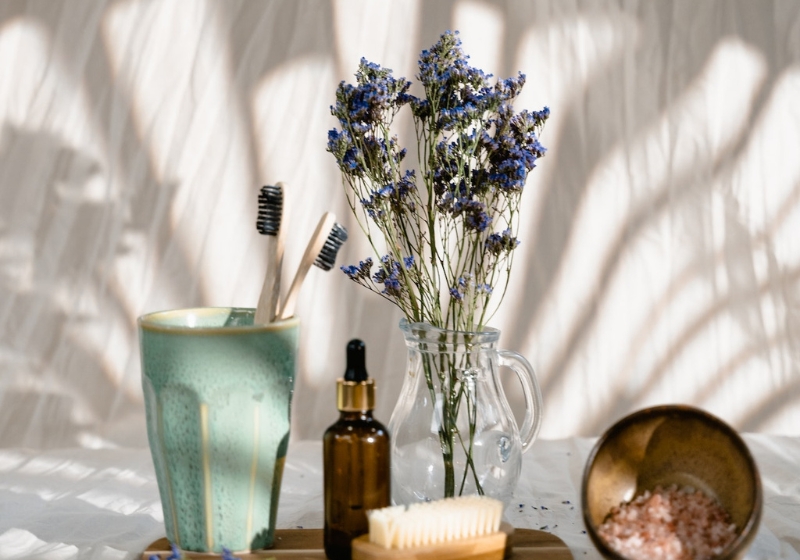Having a consistent skincare routine is key to achieving and maintaining healthy, radiant skin. Knowing the correct order to apply your skincare products makes a significant difference in the effectiveness of both your products and your routine. In this comprehensive guide, we will explore the optimal skincare routine order, ensuring that you maximize the benefits of each product and enhance your overall skincare experience. Whether you’re a skincare enthusiast or a beginner, understanding the proper sequence of application will help you unlock the full potential of your skincare regimen. So, let’s dive into the step-by-step skincare routine order for glowing, rejuvenated skin.
Disclosure: This post may contain affiliate links. If you click on a link and make a purchase, I may earn a commission at no extra cost to you. I only recommend products and services that I believe will be of value to you. Thank you for your support!
Basic Skincare Routine Order for All Skin Types
Step 1: Cleanse
The foundation of any skincare routine begins with proper cleansing. Start by rinsing your face with lukewarm water to remove any surface impurities. Next, choose a cleanser suitable for your skin type and massage it onto your damp skin for 60 seconds using circular motions. Rinse thoroughly and pat your face dry with a soft clean towel. Cleansing prepares your skin for better absorption of subsequent skincare products and removes excess oil, dirt, and makeup.
- Dry/Dehydrated Skin: Look for gentle, non-stripping cleansers that help retain moisture while effectively removing impurities.
- Acne Prone Skin**: Choose cleansers specifically formulated for acne-prone skin, which often contain ingredients like salicylic acid or benzoyl peroxide to help unclog pores and reduce bacteria.
- Sensitive Skin: Opt for mild, soap-free cleansers specifically formulated for sensitive skin. Look for cleansers that are free of harsh chemicals, such as sulfates or alcohol, which can strip the skin of its natural oils and cause irritation.
- Combination Skin: An ideal cleanser is gentle, pH-balanced, and effectively removes impurities without stripping the skin. Look for gel or foam cleansers with ingredients like salicylic acid or tea tree oil to address oily areas, while still being gentle enough for the drier parts of your skin.
- Oily Skin: Opt for a gentle, oil-free cleanser that effectively removes dirt, oil, and impurities without over-drying the skin. Look for cleansers with ingredients like salicylic acid or tea tree oil, which help control oil production and target acne-causing bacteria.
Step 2: Tone
After cleansing, it’s time to restore your skin’s pH balance and prepare it for the next steps. Apply a toner that suits your skin type by pouring a small amount onto a cotton pad or your palms. Gently pat the toner onto your face, focusing on areas prone to oiliness or congestion. Toners help to hydrate, refine pores, and enhance the absorption of serums and moisturizers that follow.
- Dry/Dehydrated Skin: Toners that contain humectant ingredients like glycerin or aloe vera can provide additional hydration when applied after cleansing.
- Acne Prone Skin**: Clarifying and exfoliating toners with active AHAs and BHAs are good options for acne prone skin.
- Sensitive Skin: Opt for alcohol-free formulas that contain hydrating ingredients like hyaluronic acid or aloe vera. Toners with calming botanical extracts, a pH-balanced formula, and minimal ingredients are ideal.
- Combination Skin: Toners containing ingredients like witch hazel or rose water, which can help refine pores and soothe the skin are good choices. Avoid toners with alcohol, as they can be too drying for combination skin.
- Oily Skin: Choose toners containing ingredients like witch hazel or niacinamide, which can help tighten pores and regulate sebum production without stripping your skin.
Step 3: Serum Application
Serums are concentrated formulations packed with active ingredients that target specific skincare concerns. Apply a few drops of your chosen serum onto clean, toned skin. Gently press the product in, allowing the product to penetrate deeply into your skin. Serums offer a range of benefits, such as brightening, hydrating, or reducing the appearance of fine lines and wrinkles. Remember to let the serum absorb fully before moving on to the next step.
- Dry/Dehydrated Skin: Hyaluronic acid attracts and retains moisture, making it an excellent ingredient in serums for dry/dehydrated skin.
- Acne Prone Skin: Consider using spot treatments or serums that contain salicylic acid or benzoyl peroxide to help reduce inflammation and clear breakouts.
- Sensitive Skin: Look for serums with ingredients like hyaluronic acid, niacinamide, or chamomile, which help hydrate the skin, strengthen the moisture barrier, and calm irritation.
- Combination Skin: Use a lightweight serum with hydrating ingredients like hyaluronic acid or glycerin to provide moisture to the drier areas of your skin. Look for serums that also contain ingredients like niacinamide or tea tree oil to regulate oil production and control breakouts in oily areas.
- Oily Skin: Lightweight serums with oil-controlling ingredients like niacinamide or zinc can help regulate sebum production and reduce the appearance of enlarged pores. Look for serums that also offer hydration without adding excess oil to the skin.

Step 4: Eye Cream
The delicate skin around the eyes requires special attention. Using your ring finger, dab a small amount of eye cream onto the orbital bone, starting from the inner corner and moving outward. Be gentle to avoid pulling or tugging at the skin. Eye creams help to moisturize, reduce puffiness, and diminish dark circles, promoting a youthful appearance. Allow the eye cream to absorb before proceeding.
Step 5: Moisturize
Moisturizers play a crucial role in maintaining skin hydration and protection. Take an appropriate amount of moisturizer and apply it evenly to your face and neck, using upward strokes. Choose a moisturizer suitable for your skin type, whether it’s dry, oily, or combination. A good moisturizer will lock in moisture, nourish the skin, and create a protective barrier against external aggressors.
- Dry/Dehydrated Skin: Opt for a hydrating moisturizer that contains ingredients like ceramides, glycerin, or shea butter. These help lock in moisture and replenish the skin’s barrier.
- Acne Prone Skin: Choose lightweight, oil-free moisturizers that won’t clog pores or contribute to breakouts. Look for non-comedogenic options that provide hydration without greasiness.
- Sensitive Skin: Moisturizers with calming and hydrating ingredients such as aloe vera, chamomile, oat extract, or hyaluronic acid are perfect for sensitive skin. These ingredients help soothe and nourish your skin without causing irritation.
- Combination Skin: Look for oil-free or gel-based moisturizers with ingredients like hyaluronic acid or ceramides to provide balanced moisture to all areas of your face.
- Oily Skin: Opt for lightweight, oil-free moisturizers or gel-based formulas that provide hydration without leaving a greasy residue. Ingredients like hyaluronic acid or glycerin offer moisture while being non-comedogenic. Avoid heavy or occlusive moisturizers that may contribute to excessive oiliness.
Step 6: Sunscreen
No skincare routine is complete without sunscreen, even on cloudy days. Apply a broad-spectrum sunscreen with an SPF of 30 or higher as the final step in your daytime routine. Take a sufficient amount and spread it evenly across your face, neck, and any exposed areas. Sunscreen shields your skin from harmful UV rays, preventing premature aging, sunburn, and skin damage. Make sure to reapply throughout the day, especially if you’re outdoors for extended periods.
**Acne-prone skin is typically oily, but that’s not always the case. If you’re like me, your acne-prone skin may actually be dehydrated. Using the suggested products may be drying and harsh, causing your acne to worsen. In this case, follow the routine for dry/dehydrated skin most days, using active ingredients 2-3 times a week.
Optional Steps to Elevate Your Skincare Routine
Exfoliants
Exfoliants can be a beneficial addition to your skincare routine to help remove dead skin cells, unclog pores, and promote a smoother, brighter complexion. This step should be incorporated right after cleansing your face with a gentle cleanser.
There are two main types of exfoliants: physical exfoliants and chemical exfoliants. Physical exfoliants use granules or particles to manually scrub away dead skin cells, while chemical exfoliants use acids or enzymes to dissolve the bonds between cells. Choose the type that suits your skin and preferences. Chemical exfoliants like AHAs (e.g., glycolic acid) or BHAs (e.g., salicylic acid) are often preferred for their effectiveness and gentleness.
Depending on your skin type and the type of exfoliant you’re using, exfoliation can typically be done 1-3 times per week. However, it’s important to pay attention to your skin’s response and adjust the frequency accordingly. If you have sensitive or dry skin, you may prefer to exfoliate less frequently. Don’t forget to read the instructions on the product you’re using. They’ll tell you how to apply it and how long to leave it on.
If you’re trying a new exfoliant or have sensitive skin, it’s a good idea to perform a patch test on a small area of your skin before applying it to your entire face. This helps determine if your skin has any adverse reactions or sensitivity to the product.
Face Masks
A face mask is the perfect addition to your skincare routine for added pampering and targeted skincare treatment. This step would be added after cleansing and exfoliation (optional), and you can typically use a face mask 1-2 times per week depending on how your skin reacts.
There are different types of face masks available, such as clay masks, sheet masks, gel masks, or cream masks. Select a face mask that suits your skin type and addresses your specific concerns, whether it’s hydrating, clarifying, brightening, or soothing.
Follow the instructions provided with the face mask to ensure proper application. Use clean hands or a brush to evenly apply a thin, even layer of the mask onto your face, avoiding the delicate eye and lip areas. If you’re using a sheet mask, carefully unfold it and apply it to your face, gently pressing it onto your skin.
Once the face mask is applied, take some time to relax and let it work its magic. Read a book, listen to music, or simply unwind while the mask does its job. Follow the recommended time for leaving the mask on your face, typically around 10-20 minutes, or as directed on the product packaging.
After the recommended time, rinse off the mask with lukewarm water. Gently massage your face in circular motions to enhance exfoliation if the mask contains exfoliating particles. For sheet masks, remove them and pat any remaining essence into your skin.
Conclusion
A consistent skincare routine is a self-care ritual that allows you to nurture your skin and maintain its health and radiance. By following the correct skincare routine order, you optimize the effectiveness of each product and maximize their benefits. From cleansing and toning to serum application, eye cream, moisturizer, and sunscreen, each step serves a specific purpose in promoting healthy, glowing skin. Additional steps like exfoliation and face masks can add additional pampering and further targeting skin treatments, putting a little oomph into your routine. Remember, everyone’s skin is unique, so feel free to adjust the routine according to your skin type and specific concerns. Embrace the power of a well-structured skincare routine and enjoy the journey towards a more vibrant and confident you.







[…] indulge in self-care rituals that make you feel beautiful and pampered. This can include creating a skincare routine tailored to your needs, experimenting with different hairstyles, or engaging in activities like […]